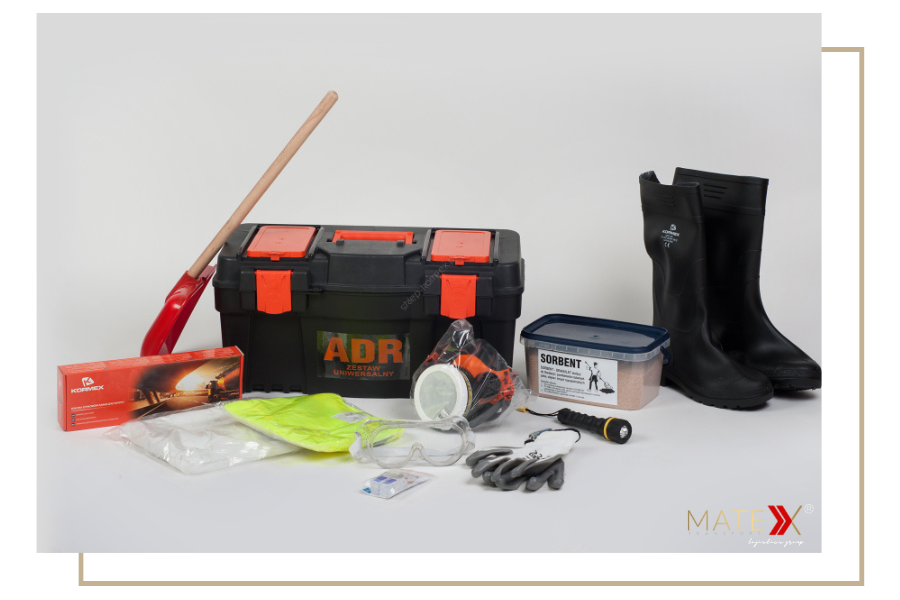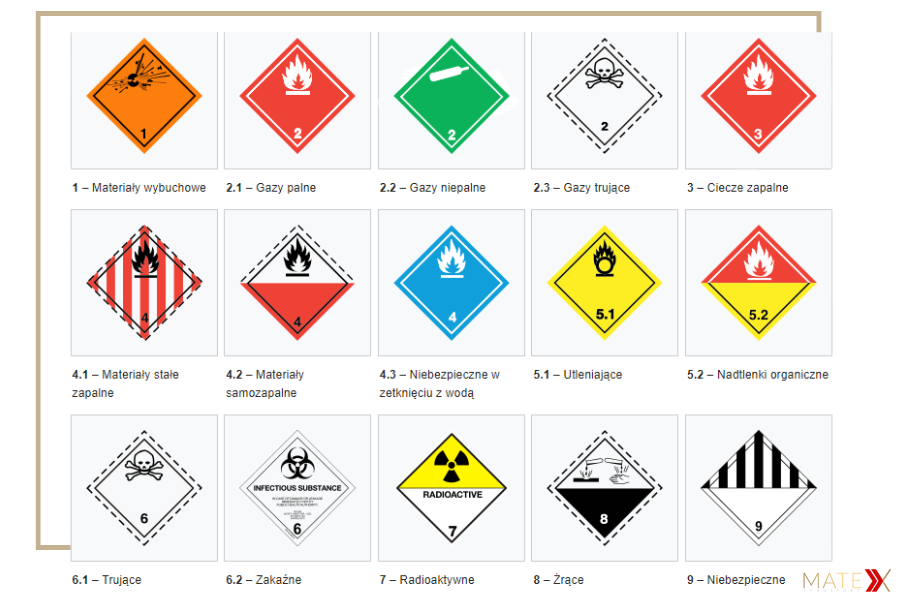Conditions
Every hazardous material subject to this convention has a corresponding marking. We do not need to be 100% familiar with them, as it is enough to see the diamond-shaped marking on the packaging. In addition, each client who orders transport must indicate that it concerns ADR cargo.
If we have a chance to carry such cargo, what we have to do to make it compliant and safe. Fortunately, it is not particularly difficult or expensive. There are three requirements. The most important one is proper training of the driver in the safety rules of ADR cargo carriage. After such training, the driver receives a certificate that authorises him to transport dangerous goods.







